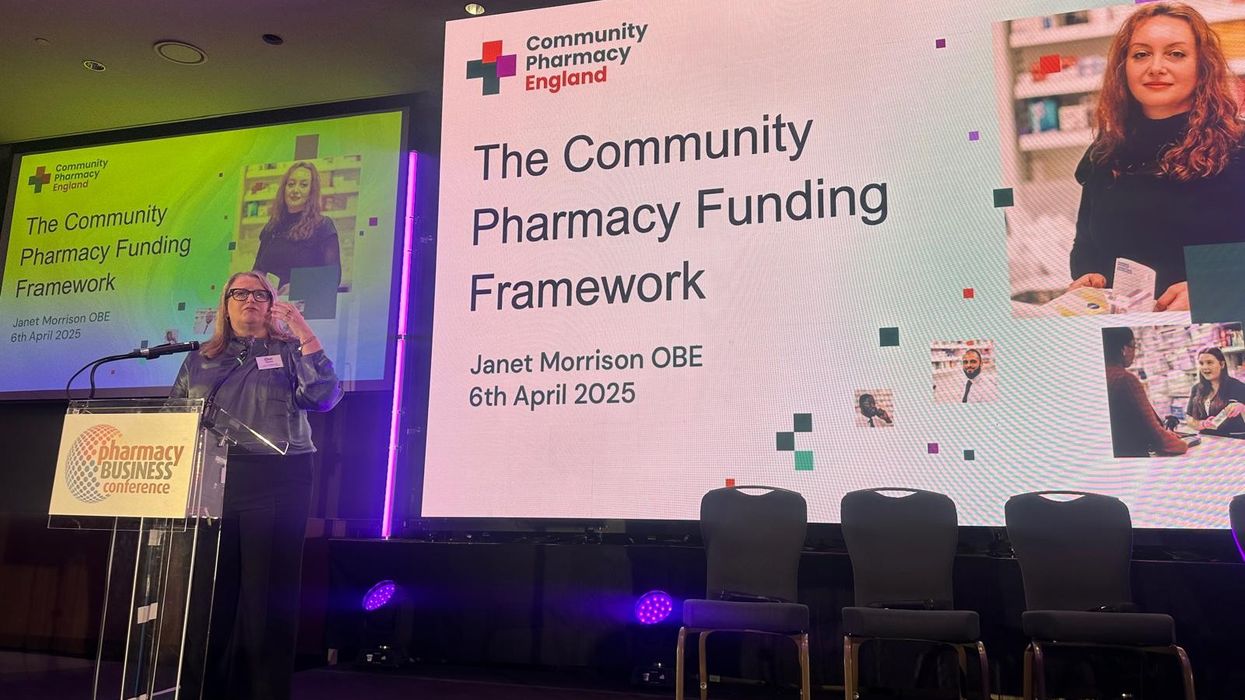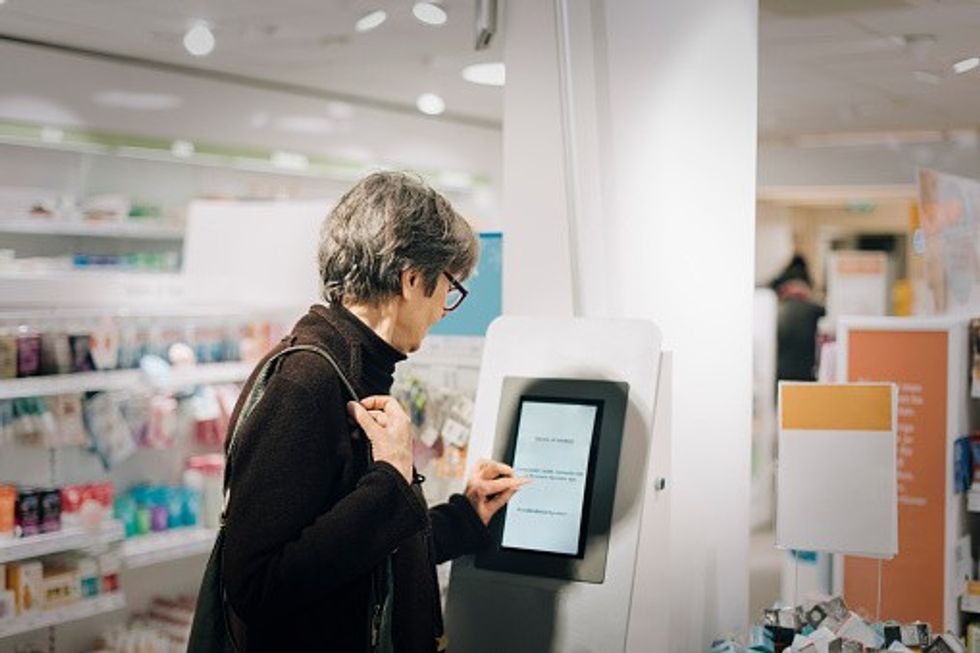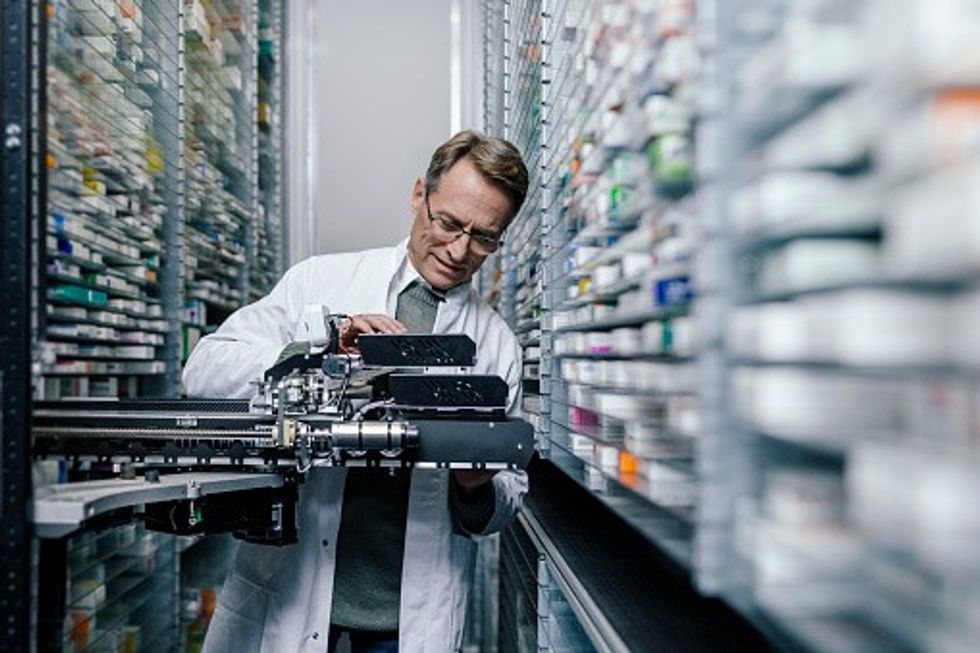Your body is made up of about 60% water. Without water, it would be impossible to maintain a stable body temperature, get rid of the waste in your body, and lubricate your joints. When you don't get adequate water, you risk becoming dehydrated, which brings many issues for your body.
Therefore, water is necessary to live; most people can barely last a week without water and not experience an assortment of health issues. Despite this obvious importance, many people don't put much thought into the kind of water they drink.
Maybe you open your faucet into a glass or buy yourself bottled water without scrutinizing where this is coming from. However, do you know how safe the water you get from your tap or bottles is?
Why should you drink purified water?
Drinking contaminated water can cause many health issues for your body which is why purifying water is vital. There are many ways to purify your water, ranging from simple solutions to solutions using advanced technology such as water filters.
It is not uncommon to find related searches online because people are increasingly interested in choosing the most effective water-purifying solutions. Before exploring different purification techniques, read about the benefits of keeping hydrated as you play poker on Uptown Pokies.
- Lubricates your joints
The cartilage in your spinal disks and joints is approximately 80 percent water. When you're dehydrated for extensive periods, your joints' shock-absorbing abilities are significantly lowered, resulting in joint pain.
- Aids oxygen delivery throughout the body
Your blood is made up of over 90% water. Since blood transports oxygen to different organs and body parts, taking in adequate water helps aid this process.
- Regulating body temperature
Your skin stores water in the middle layers, which rises to the surface as sweat when your body heats up to cool it. When you don't have adequate water, your body might have difficulty regulating the heat.
Water purification solutions
Here are some solutions that you could use to ensure that the water you are drinking is contaminant-free.
- Water filters
Many people buy water filters to make their water safe for drinking. Water filters are an advanced solution to cleaning tap water and are also quite simple and less labor-intensive. There are four main kinds of water filters.
- The first is the activated carbon filter, which can eliminate particular organic contaminants that alter water's odor and taste. Some variations of this filter system can even remove solvents, byproducts of chlorination, and metals such as lead or copper.
- Another type is the ion exchange unit. This water filter utilizes activated alumina to remove water-hardening minerals such as magnesium and calcium. Typically, ion exchange units combine this method with another method, such as reverse osmosis or carbon absorption.
- The third kind of water filter is the reverse osmosis unit which has carbon that can remove nitrates, sodium, petrochemicals, as well as pesticides from your water.
- The distillation unit is the last type of water filter, which boils your water and then condenses the steam. This steam condenses into distilled water that you then drink.
It is essential to understand that there isn't a single type of filter that can remove all the contaminants in water. However, you should always maintain the filter you go with properly to ensure efficiency. Also, get a certified lab to test your water type before settling on a water filter.
- Boiling your water
Boiling water is the most accessible yet efficient way to purify it. Although this method may be time intensive and fuel-consuming, it is reliable in ensuring that you are taking clean water even if you cannot afford the more advanced solutions. If you are doubtful of the water source, the best way to use boiling is to first filter out solid particles.
After filtration, you can then proceed to boil your water. Although it may not be pleasant in summer to take hot water, you can boil your water in advance and then leave it to cool. That way, it will be cool and refreshing when you need to drink it a few hours later.
- Using iodine tablets, crystals, or solution
Using iodine to purify your water is both practical and convenient. Because iodine is available as crystals, tablets, or a solution, you can choose the option that suits your preference and budget. Iodine can kill any virus or bacteria in your water.
Iodine is also lightweight and is a simple purifying method. To ensure your water is pure, add iodine to it thirty minutes before taking it. If anyone in your family is pregnant, opt for another purifying method, as iodine is not safe for expectant mothers.
- Chlorine drops
Chlorine kills bacteria in water. Chlorine is lightweight, easily accessible, and quite affordable. Like iodine, you should also wait thirty minutes before taking the water. Don't use too many chlorine drops, either. That is because chlorine may be poisonous when overused.
Conclusion
Water is crucial for survival, and you should always strive to take clean water. While a third of the world's population do not have access to clean water, here are are some of the effective methods that you can use to ensure that YOUR water is clean and safe for drinking.

















 A woman using kiosk at pharmacy store gettyimages
A woman using kiosk at pharmacy store gettyimages  Pharmacist examining commissioning machine in pharmacy gettyimages
Pharmacist examining commissioning machine in pharmacy gettyimages